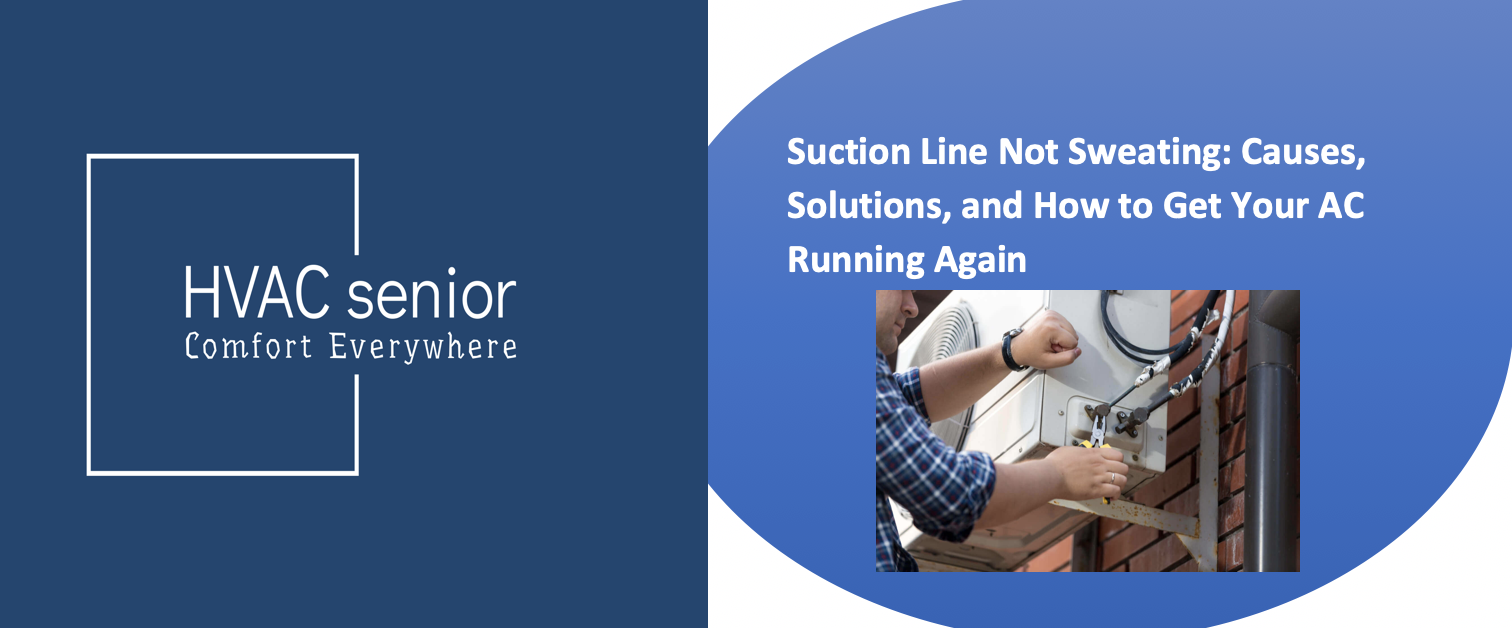When it comes to efficiently and safely warming your home, few appliances rival the vented gas heater. Engineered to deliver constant, dependable heat while leaving the air within your home fresh and clean, vented gas heaters have emerged as a leading option for homeowners who want warmth and energy efficiency.
In this complete guide, we’ll be covering all you could possibly want to know about vented gas heaters — how they work, their benefits, types, installation, maintenance tips, and comparison to ventless units.
What Is a Vented Gas Heater?
A vented gas heater is a device that combusts natural gas or propane and releases exhaust gases outdoors safely with a flue or vent. Such a design ensures dangerous wastes of combustion — such as carbon monoxide and water vapor — don’t linger in your home space.
Vented heaters are usually installed in residences, garages, cabins, and basements, providing robust, steady heat while keeping clean, healthy indoor air.
How Does a Vented Gas Heater Work
A vented gas heater works effectively and without complications:
- Gas Supply: Natural gas or propane is fed from the supply line to the heater.
- Ignition: Electronic ignition or pilot light causes combustion in the burner chamber.
- Heat Generation: Heat energy is generated by burning the gas.
- Heat Transfer: Heat heats air or metal surfaces, which radiate warmth throughout the room.
- Ventilation: Exhaust gases are vented outside securely through a vent or flue pipe.
This closed-loop arrangement makes vented gas heaters safe and efficient options for houses, especially those with inadequate ventilation.
Types of Vented Gas Heaters
There are several different types of vented gas heaters, and each has its own particular advantages depending on your heat requirements and the room’s size.
1. Direct-Vent Gas Heaters
A direct-vent gas heater uses a two-pipe configuration: one pipe sucks in fresh external air, and another vents combustion gases outdoors.
✅ Best For: Bedrooms, living rooms, and insulated rooms.
✅ Pros: Highest safety, efficient heating, and zero air pollution indoors.
2. B-Vent (Natural Vent) Gas Heaters
They use one pipe that vents up through the roof.
✅ Best For: Homes with a built-in chimney or access to the vertical vent.
✅ Advantages: In-efficient heat and simple design.
⚠️ Warning: Requires proper draft to be effective.
3. Through-the-Wall Vented Heaters
They vent out directly through an exterior wall, making it simpler to install than traditional furnaces.
✅ Suitable For: Small houses, cabins, garages, and workshops.
✅ Advantages: Easy to install and compact.
4. Power-Vented Gas Heaters
They use an electric blower to push exhaust gases out of the vent.
✅ Suitable For: Systemless home with natural draft.
✅ Benefits: Installation flexibility and improved efficiency.
Benefits of a Vented Gas Heater
Vented gas heaters are popular for a reason — they bring efficiency, safety, and comfort in a single appliance.
✅ 1. Improved Air Quality
Because combustion gases are routed out of the house, indoor air remains clean and healthy, making these heaters safer than ventless units.
✅ 2. High Efficiency
New vented gas heaters are designed to minimize heat loss. Some are up to 90% efficient, and the majority of the energy from the gas is transferred to heat.
✅ 3. Safe and Reliable Operation
There is no risk of oxygen depletion or excessive humidity since all byproducts are vented outside.
✅ 4. Long Lifespan
Vented gas heaters that are well-maintained can last for 15–20 years or more, which is a worthwhile investment.
✅ 5. Consistent, Stable Heat
These heaters are constant and warm, most ideal for daily winter use.
✅ 6. Low Maintenance
Unlike advanced HVAC systems, vented gas heaters are low maintenance following proper installation.
Drawbacks of Vented Gas Heaters
Despite having many advantages, vented gas heaters also possess a few drawbacks you need to know before installation.
⚠️ 1. Increased Installation Cost
Since they require vents or flues, installation is more expensive compared to ventless models.
⚠️ 2. Fixed Placement
Vented heaters are usually installed and can’t be relocated easily.
⚠️ 3. Heat Loss Through Vents
While minor, some heat is lost outside via the venting system.
⚠️ 4. Longer Installation Time
Professional installation needs to be done for safety and code purposes, and this may take longer.
Vented Gas Heater vs. Ventless Gas Heater
| Feature | Vented Gas Heater | Ventless Gas Heater |
| Air Quality | Excellent (exhaust vented outside) | May release byproducts indoors |
| Efficiency | 80–90% | 95–99% |
| Installation Cost | Moderate to high | Low |
| Maintenance | Low | Moderate |
| Safety Level | Very High | Requires ventilation |
| Best For | Long-term, whole-room heating | Temporary or supplemental heat |
If safety and indoor air quality are the primary concerns, the vented gas heater is the best choice.
Where to Install Vented Gas Heaters
Vented gas heaters are flexible and can be installed in many locations:
- Living rooms for quiet, dependable heat.
- Bedrooms with direct-vent units for safe nocturnal heat.
- Garages or workshops for winter-season tempered heat.
- Basements or cabins needing fixed heat.
Always give proper vent routing according to construction codes.
Installation Tips for Vent Gas Heaters
Vent gas heater installation requires caution and safety guidelines. Some tips are as follows:
- Choose the Right Position: Place the heater on an outside wall in order to vent with ease.
- Use a Licensed Professional: Venting and gas line hookups must only be performed by licensed people.
- Give Proper Clearance: Furniture, curtains, and flammable materials must be kept at safe distances.
- Seal Vent Tightly: Prevent leaks and backdrafts.
- Test for Gas Leaks: Soapy water test before first use.
Proper installation will yield highest efficiency and safety.
Safety Guidelines for Vented Gas Heaters
Though vented gas heaters are among the safest options, proper safety best practices should be observed:
- Install a Carbon Monoxide Detector near the unit for extra protection.
- Book Yearly Maintenance before winter arrives.
- Remove snow, leaves, or obstructions from Vents.
- Never Block Airflow around the heater.
- Inspect the Flame Color: A steady blue flame means efficient combustion.
- Turn Off When Not in Use or during long absences.
By following these safety measures, your vented gas heater will operate smoothly for years.
Maintenance and Care
Routine maintenance keeps your heater efficient and safe.
- Clean Burners and Vents: Dust and debris can block airflow.
- Check the Pilot Light: If it’s flickering or yellow, the gas-to-air mixture is probably out of balance.
- Check the Flue Pipe: Make sure there are no cracks or corrosion.
- Replace Thermostat Batteries once a year.
- Schedule Professional Service every year.
Regular maintenance not only enhances performance but also saves money on repairs.
Common Problems and Solutions
Even good vented gas heaters can experience the occasional problem. Here’s what to do about them:
- No Heat or Ignition Failure: Inspect the thermostat and ensure that the gas valve is open.
- Weak Flame: Burners could be cleaned or low gas pressure inspected.
- Strange Odor: May indicate gas leaks or burning off of dust — shut off the heater immediately.
- Noisy Operation: Remove loose panels or contact a technician.
Fixing small problems ahead of time can prevent larger issues down the road.
Choosing the Right Vented Gas Heater
Selecting the correct heater is determined by your room size, fuel source, and heat need. Consider:
- BTU Rating: Choose a model appropriately sized for your room (i.e., 10,000–30,000 BTUs).
- Fuel Type: Natural gas or propane.
- Efficiency Rating: Choose models with an AFUE of 80% or higher.
- Vent Type: Wall-vented, roof-vented, or direct-vent models.
- Safety Features: Oxygen Depletion Sensor (ODS), shut-off on burnout, and overheat protection.
- Design and Installation: Opt for a low-profile model that accommodates your space.
Energy-Saving Tips
Maximize your vented gas heater’s performance while minimizing energy expenses:
- Set the thermostat lower at night or while away.
- Seal the air leaks around doors and windows.
- Run ceiling fans in reverse to circulate warm air.
- Close unused room vents to focus heat.
- Clean the heater frequently to provide airflow and efficiency.
These small adjustments can make a big difference in both comfort and energy bills.
Vented Gas Heater vs. Gas Furnace
| Feature | Vented Gas Heater | Gas Furnace |
| Installation | Easier and quicker | Requires ducts and vents |
| Heating Scope | Individual rooms | Entire home |
| Efficiency | 80–90% | Up to 98% |
| Cost | Affordable | Expensive setup |
| Maintenance | Low | Moderate |
If you’re heating one or two rooms, a vented gas heater is the perfect alternative to a full furnace system.
Final Thoughts
A vented gas heater is one of the safest, most efficient ways to heat your home. It provides clean, consistent heat with no compromise in air quality. Regardless of whether you choose a direct-vent, B-vent, or wall-vented model, these heaters provide comfort, reliability, and peace of mind.
With correct installation, routine service, and safety consideration, a vented gas heater will provide years of trouble-free operation and is a smart investment for homeowners or business proprietors.















